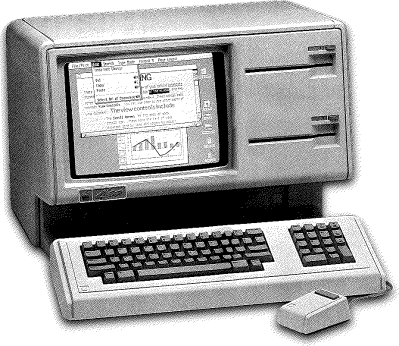A man named [Jim Valvano] once said “There are 86,400 seconds in a day. It’s up to you to decide what to do with them.” — while we couldn’t tell you who [Jim Valvano] was without a google search*, his math checks out. The quote was sufficiently inspirational to inspire [danjovic] to create a clock count those seconds precisely.
It’s a simple project, both conceptually and electrically. All it does is keep time and count the seconds in the day– a button press switches between counting down, counting up, and HH:MM:SS. In every mode, though, the number displayed will change at one Hertz, which we appreciate as being in the spirit of the challenge. There are only four components: an Arduino Nano, a DS3231 RTC module, a SSD1306 128×64 OLED module, and a momentary pushbutton. At the moment it appears this project is only on breadboard, which is a shame– we think it deserves to have a fancy enclosure and pride of place on the wall. Wouldn’t you be more productive if you could watch those 86,400 seconds ticking away in real time? We think it would be motivating.
Perhaps it will motivate you to create something for our One Hertz Challenge. Plenty of seconds to go until the deadline on August 19th, after all. If you’d rather while away the time reading, you can check out some of [danjovic]’s other projects, like this Cistertian-inspired clock, or this equally-inscruitable timekeeper that uses binary-coded octal.
*Following a google search, he was an American college basketball coach in the mid-20th century.



















